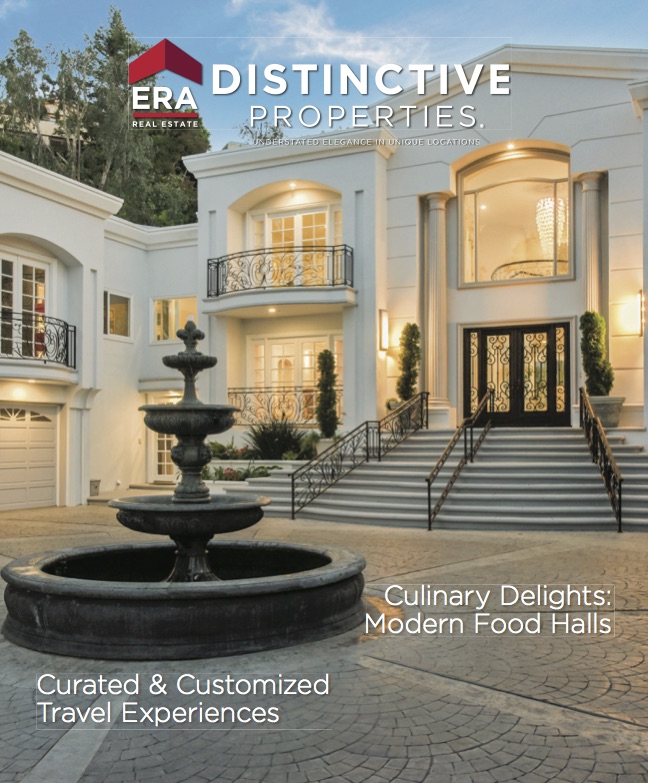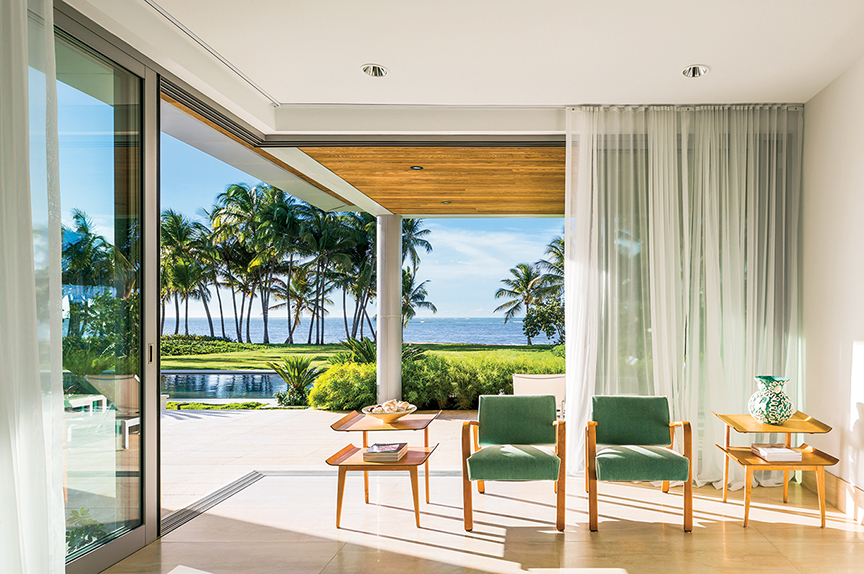Reimagining outdated design, architects are constantly predicting the needs and desires of the next generation in an attempt to create trendy, innovative looks. Whether in the hospitality, mixed-use or residential space, here is a peek at what’s trending in design this year.
By Alyssa Gautieri
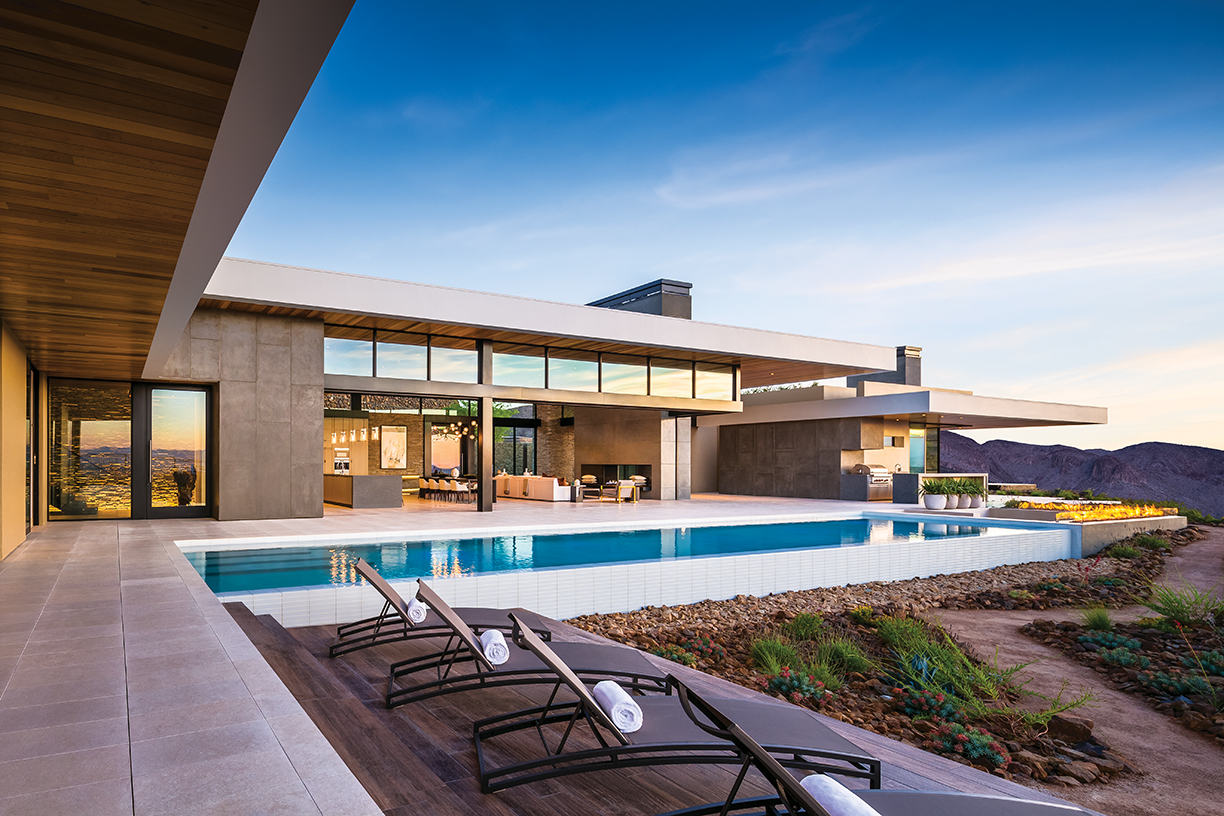
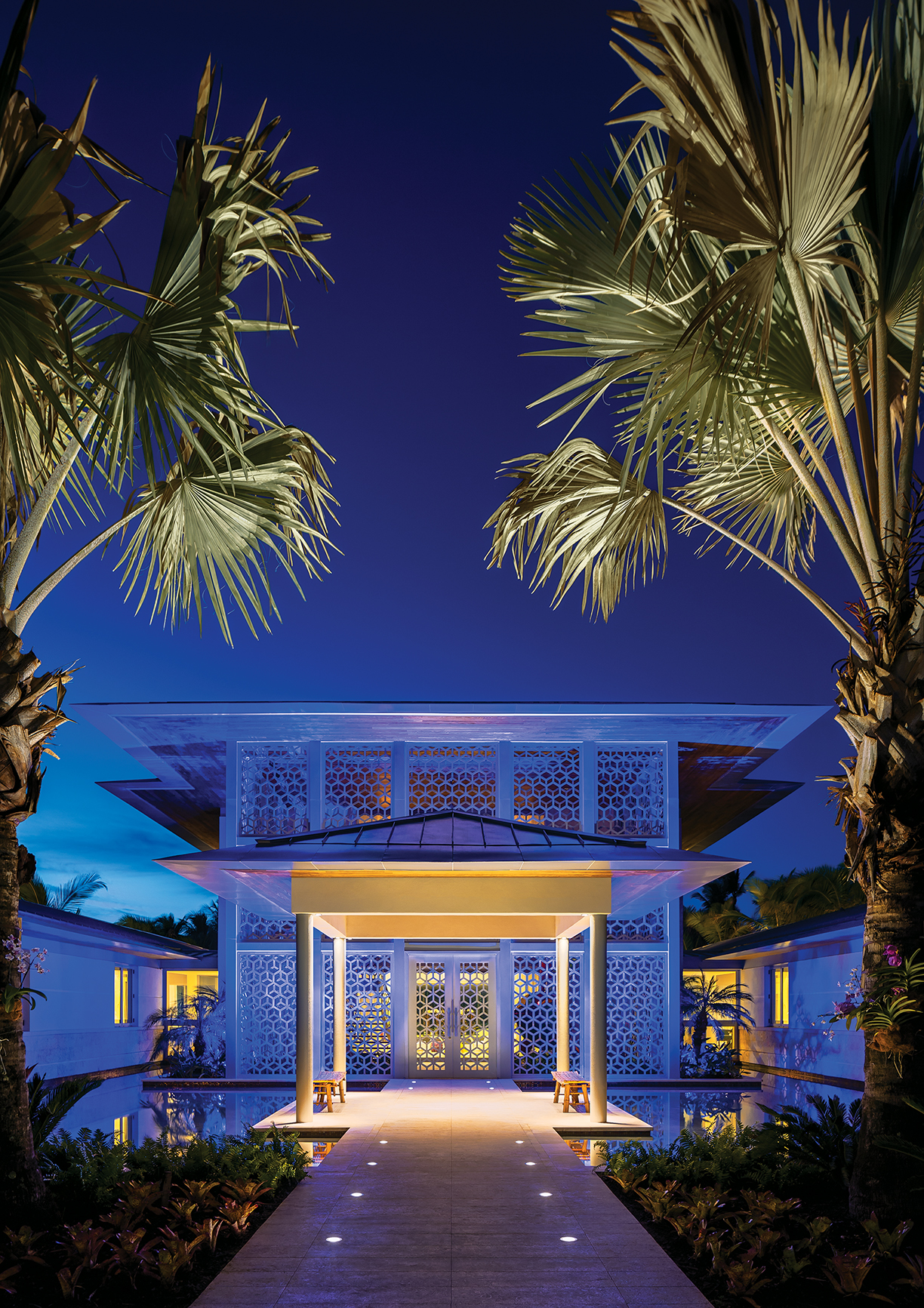
“In 2018, lines are getting cleaner, spaces are feeling lighter, and everything is designed to be more relaxing.”
— Barry Goralnick, principal of Barry Goralnick.
Photos by Ciro Coelho Photography
The re-emergence of Mid-century Modernism, a preference toward sustainability and the demand for amenitized living are among the many trends taking over 2018.
First and foremost, 2018 is moving away from super modern spaces as consumers increasingly crave a “new twist on traditional” design, according to Barry Goralnick, principal of Barry Goralnick.
“We are evolving out of the uber-modern, all glass, wide open spaces,” he explains. “There is a desire to warm up and add personality to these inherently dehumanized spaces. People are yearning for more privacy, more intimate spaces, and a place to hang their art. Therefore, the pendulum is swinging back toward classic design with richer details.”
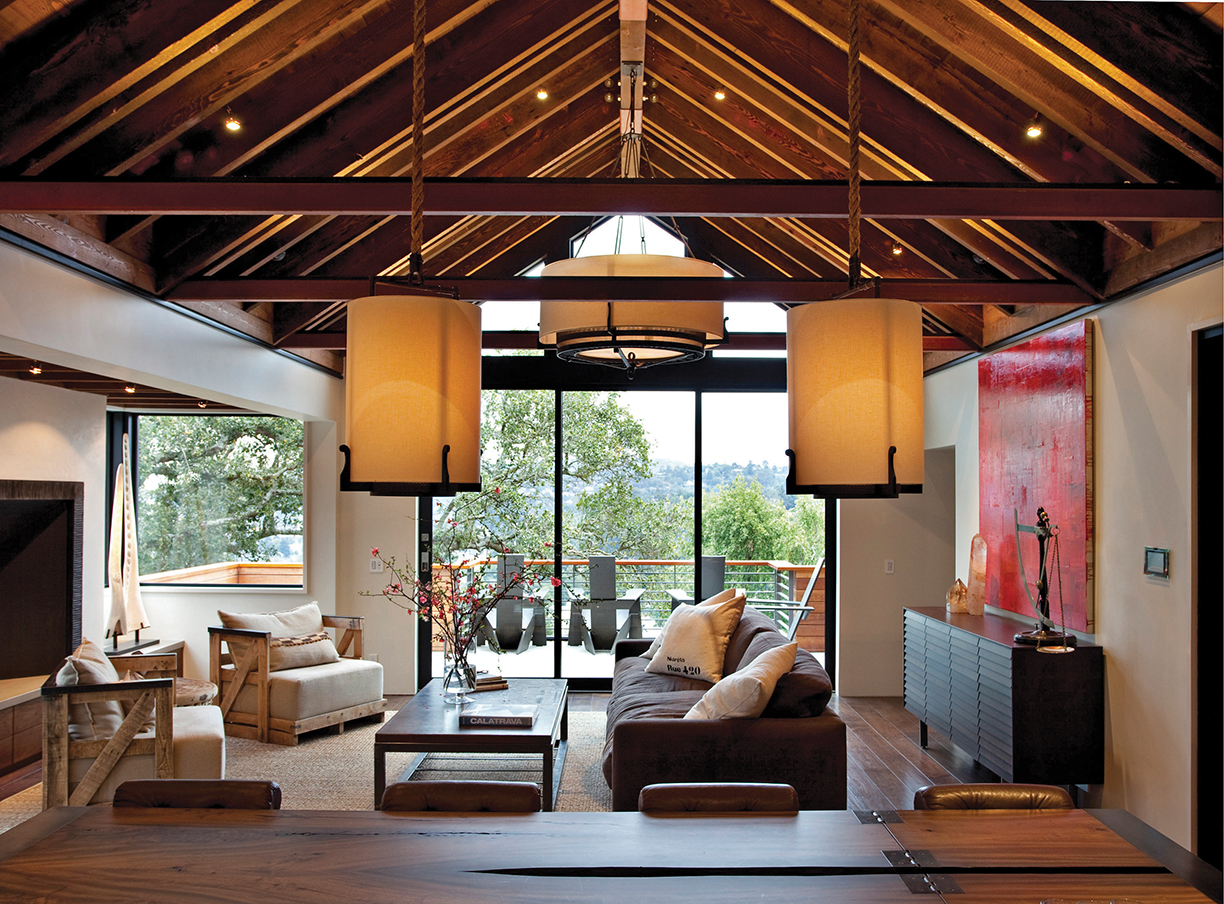
Photo courtesy SB Architects
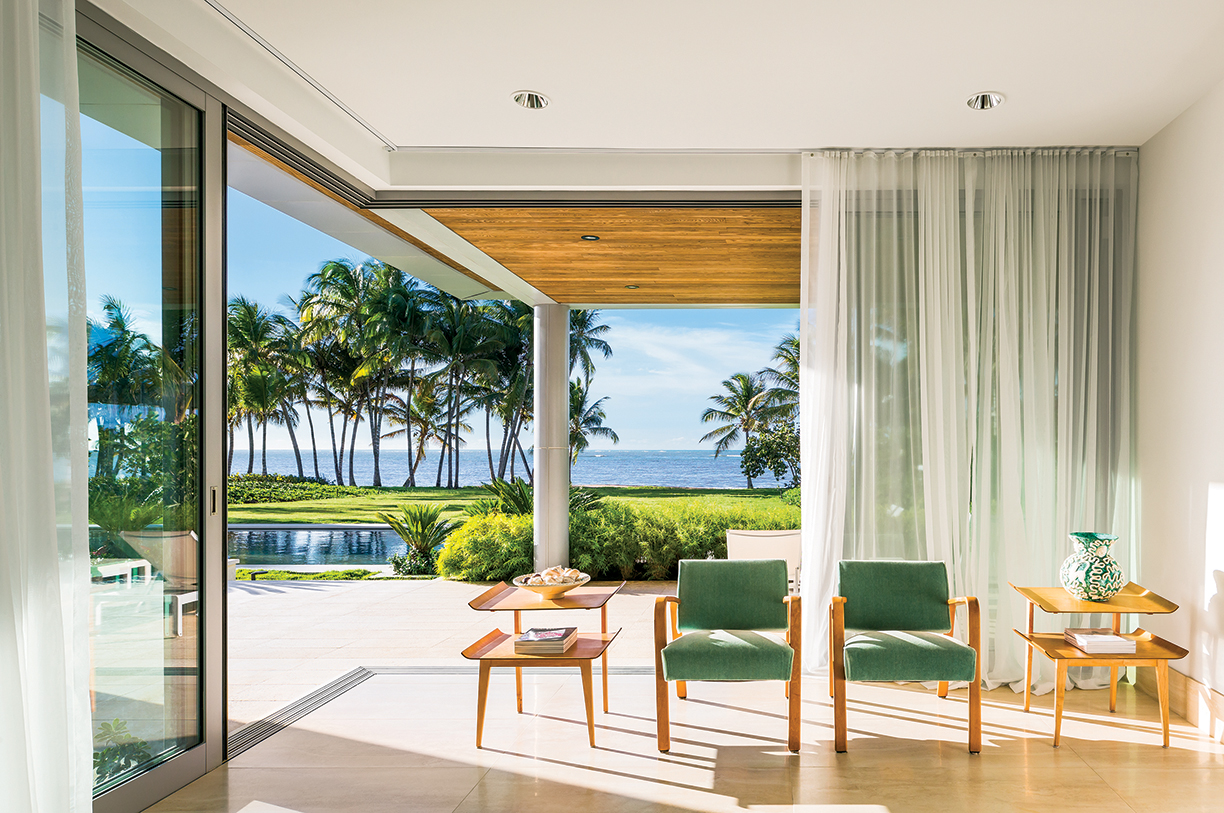
Transitioning back toward classic design, homeowners are yearning for more simple, private and intimate spaces.
Photo by Ciro Coelho Photography
Moving back toward clean lines, consumers are demanding more simplistic and less complicated styles. “In 2018, lines are getting cleaner, spaces are feeling lighter, and everything is designed to be more relaxing,” Goralnick adds.
Troy Dean, the founder and owner of Troy Dean Interiors, says the modern movement was born prior to 2018, but has become more prominent. “Simplifying things and the idea of ‘less is more’ is becoming much more accepted,” he says. “People are beginning to understand the simplicity of architecture.”
Transitioning away from the ultra-modern style, architecture in 2018 has become all about art. In residential development, architects are getting creative with art integration as the lines between art and architecture blur.
“There is no better art than architecture,” Dean says. “A home should be a piece of art when you are finished. Everything that we do definitely revolves around the architecture being the art of the finished project. Once your architecture is done well, everything else is secondary.”
One of the many ways architects are finding art in architecture is through transitional indoor/outdoor spaces. Replacing traditional doors and windows with retractable walls and disappearing glass, architects are finding innovative ways to merge indoor and outdoor spaces. “When you are in a good climate, everyone wants to be outside,” Dean jokes. “No one wants to be stuck inside with no natural light. There has always been a push toward becoming one with nature, and now architecture is making that possible.”
This year has also become all about maximizing views. Across all developments, consumers are shopping for property specifically for the view. One-of-a-kind views can often serve as inspiration when it comes to the architecture and design of a development.
“Your whole experience of modern living is becoming a little more view friendly,” Dean explains. “It is all about taking advantage of the views. From an architecture perspective, when you are planning your floor plan, you really begin to think about views.”
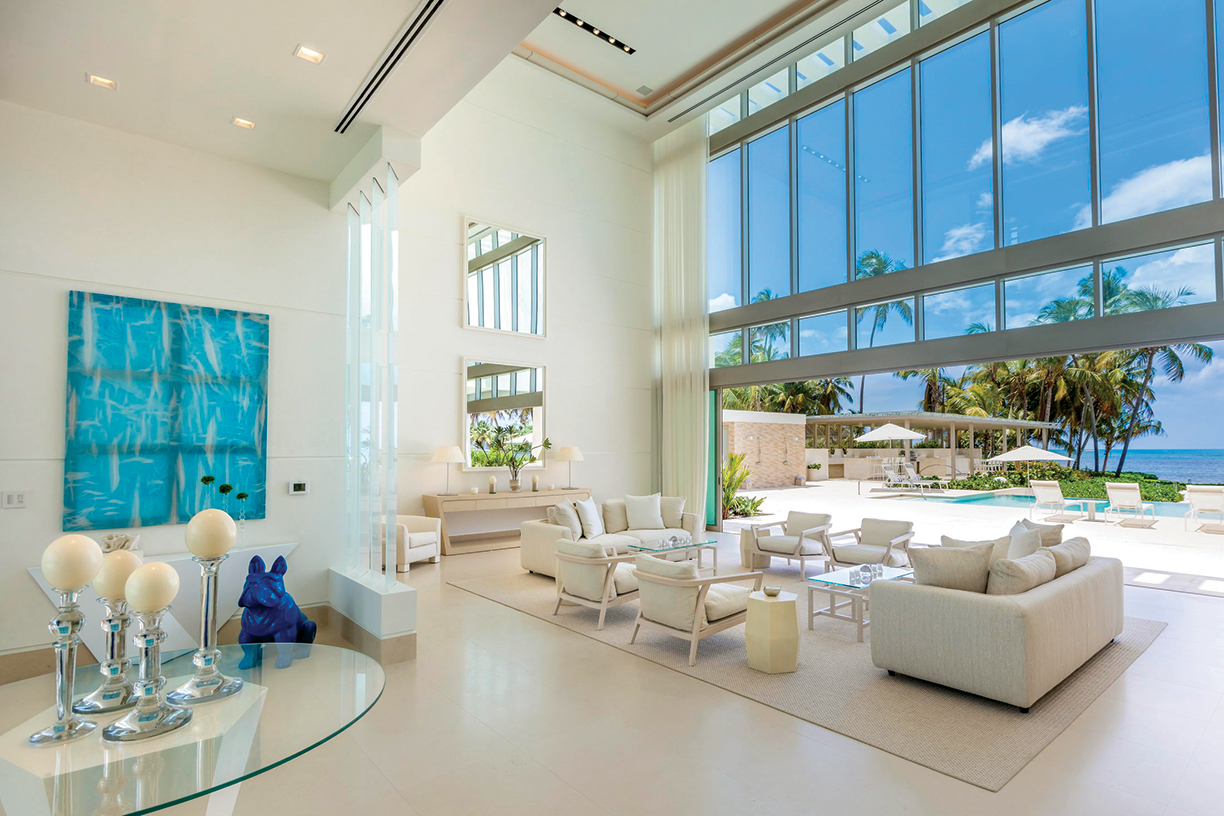
Maximizing views and embracing indoor/outdoor living have become two of 2018’s biggest trends.
Photo courtesy SB Architects
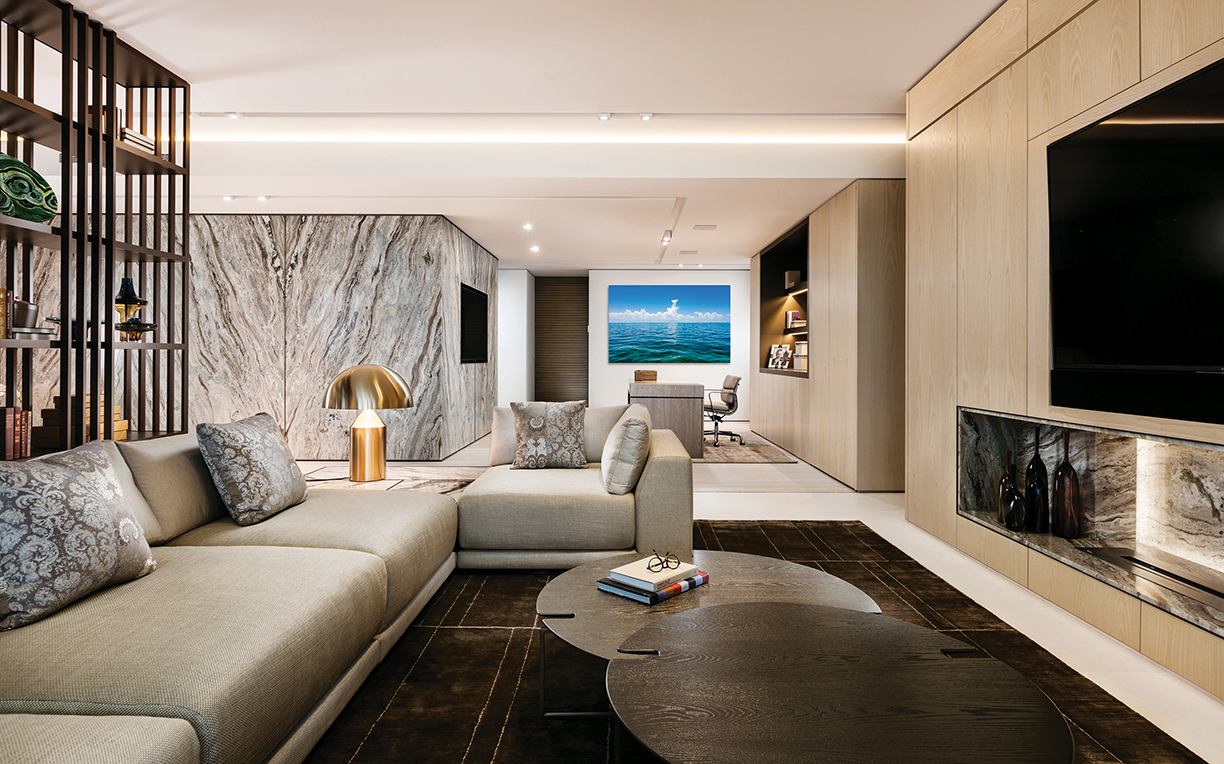
Photo courtesy Troy Dean
In residential development, amenitized living is dominating as luxury homeowners increasingly seek resort-style living. Similar to a boutique hotel, residential spaces are blurring the lines between resort and residential living as designers curate unique amenities for homeowners who want to feel as though they are on vacation year round.
“Today’s luxury real estate marketplace, homebuyers’ lifestyles, hobbies, and collecting habits are defining their home life and shaping the features and amenities within,” Lee says. “Over the next 10 years, we will see changes regarding home layout, features, systems and products.”
Across all developments, one of the biggest trends of 2018 is sustainability. While this trend is not new, eco-consciousness continues to be top-of-mind for homeowners as the possibilities are constantly shifting and adapting with new technology.
Lee acknowledges the overwhelming trend toward sustainability, and the increased desire for energy-efficient homes. “The trend toward architectural sustainability and eco-sensitivity is expanding its reach,” he says. “Through integrated site design, a comprehensive approach to sustainable building and site design, sustainable residential landscape architecture practices can not only improve the environment, but also result in net-zero or even climate positive homes.”
Sticking with the trend of eco-consciousness, prefab homes — homes that are built in sections in a facility then later assembled on a home site — have recently entered the luxury sector. Using a custom design approach, evoDOMUS creates unique, modern prefab homes that minimize ecological impact.
According to Alexander Kolbe, CEO and cofounder of evoDOMUS, the biggest appeal of prefab homes is their positive environmental impact. “Homeowners want more energy-efficient homes,” he says. Whether limiting emissions, fossil fuels or waste, “people are now doing what they can to try to save the planet. It’s a worldwide movement.”
According to Alexander Kolbe, CEO and cofounder of evoDOMUS, the biggest appeal of prefab homes is their positive environmental impact. “Homeowners want more energy-efficient homes,” he says. Whether limiting emissions, fossil fuels or waste, “people are now doing what they can to try to save the planet. It’s a worldwide movement.”
2018 is a big year for design and architecture — which Dean believes has been made possible by many innovative advances in technology and the growing age of digital media.
Forcing cutting-edge ideas and innovative techniques, modern technology and the age of social media continue to change the game for architects and designers. Sharing ideologies with competitors across the globe has rapidly become the norm, and for creative designers it is no longer enough to just top the work of nearby neighbors.
Photo courtesy of evoDOMUS
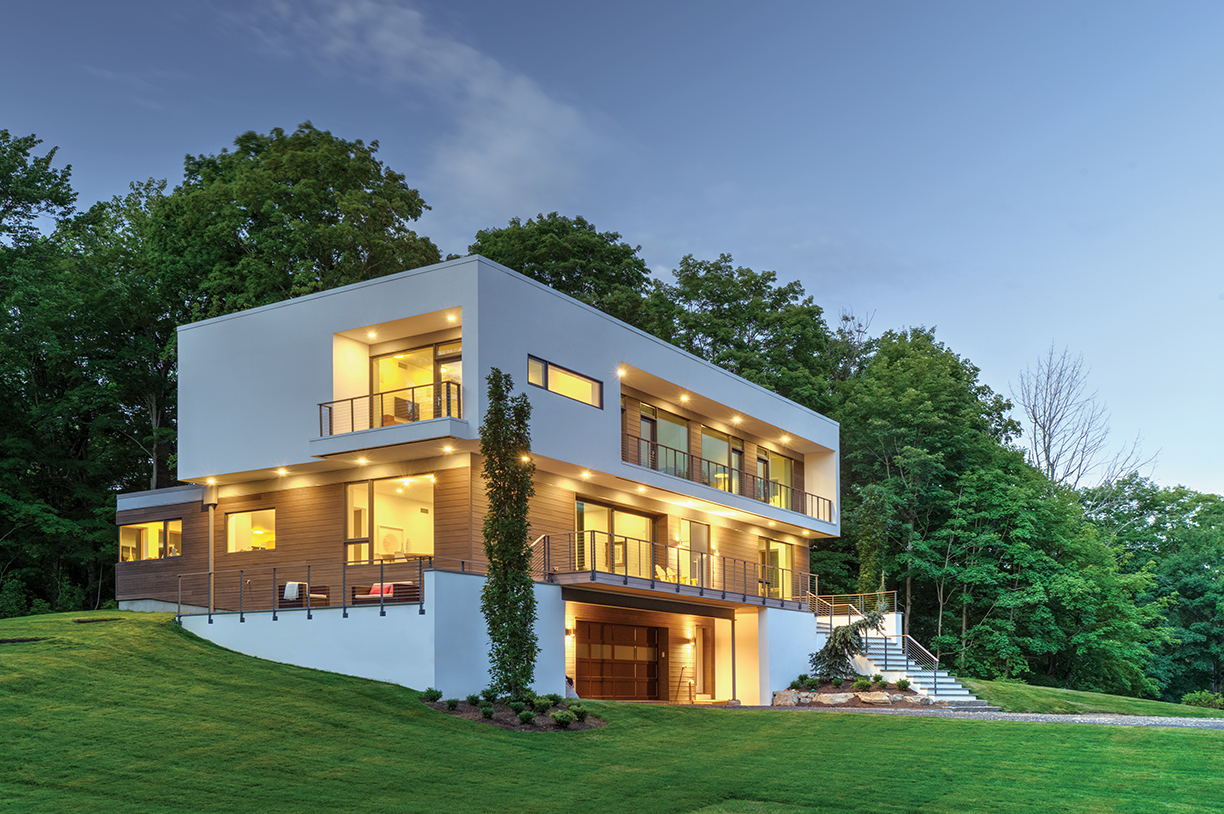
Prefab homes are entering the luxury market in 2018 as eco-consciousness becomes top-of-mind for homeowners.
“Technology is the leading reason that 2018 is going to be a great year,” Dean believes. “The smaller our world gets — through the ability to share good ideas — we are moving that much faster. The blending of different ideologies and [the ability to] captivate different audiences [around the world] is impacting not just 2018, but all years in the future.”
Goralnick also acknowledges the increasing impact of social media. Amidst a culture that values instant gratification, architecture and design must offer instantaneous appeal. “In our Instagram world, everything from new products to homes and hotels must have instant curb appeal to gain and retain people’s interest,” Goralnick says. “Good architecture and design address both the need for instantaneous appeal, as well as lasting attraction, functionality, comfort, and emotional wellbeing.”
The following article originally appeared in the Spring 2018 issue of ERA Real Estate Distinctive Properties Magazine.
